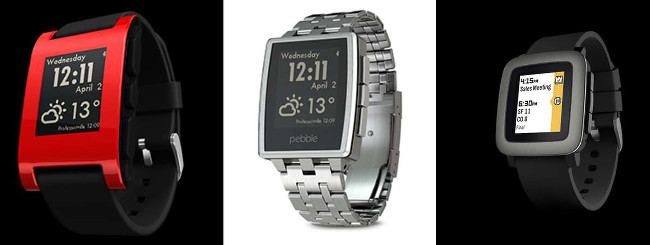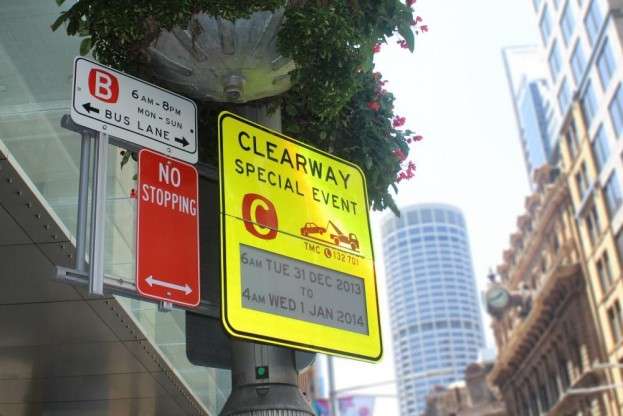The evolution and application of electrophoretic displays (EPD), often referred to as electronic paper (EP) or E-ink displays, have traveled an interesting path as developers work to apply the low power display technology.

E-ink first gained a great deal of traction in the e-reader space as exemplified by the Amazon Kindle. Several generations of the Kindle offered e-book readers increasing levels of reading comfort and convenience. As e-reading has expanded, the expanding availability of smartphones and tablets has been seen to substantially erode e-reader sales volumes. However, suppliers and developers applying electrophoretic displays have continued to respond to new market opportunities for EPDs.
For example, smartwatch developer Pebble has launched a series of watch products incorporating EPDs beginning with the original Pebble, Pebble Steel and Pebble Time (photos below, arranged in order left to right)
 Source: Pebble While the Pebble and Pebble Steel used monochrome EPDs, the newer Pebble Time smartwatch and display are described by the firm as: “…an always-on color E-Paper display, up to 7 day battery life, durable glass lens, and thin, curved ergonomic design, you’ll love wearing Pebble Time anywhere and everywhere. From the gym to the dinner table, from morning sun to the wee hours, Time keeps you connected while living in the moment.”
Source: Pebble While the Pebble and Pebble Steel used monochrome EPDs, the newer Pebble Time smartwatch and display are described by the firm as: “…an always-on color E-Paper display, up to 7 day battery life, durable glass lens, and thin, curved ergonomic design, you’ll love wearing Pebble Time anywhere and everywhere. From the gym to the dinner table, from morning sun to the wee hours, Time keeps you connected while living in the moment.”
Pebble has capitalized on the key display performance attributes of EPDs – low power consumption, daylight viewability, and the more recent availability of color display capability – to offer smartwatch products which are differentiated from the smartwatch products of its very able competitors including Apple, Samsung, LG, Motorola and more. While differentiating its smartwatches from competitors, the latest Pebble Time is interoperable with both the Apple iOS and Android operating system ecosystems.
While wearable consumer electronics would appear to be a key opportunity for EPDs especially regarding their low power consumption, display application developers continue to find new ways to deploy EPD technology. Recently, Visionect and the Australian Road and Maritime Services have cooperated to install the world’s first solar powered e-paper traffic signs on roads in Sydney, Australia (photo below).
 Source: Visionect
Source: Visionect
Visionect explain their EPD traffic information system describing it as “A unique Internet of Things ecosystem of digital displays … designed to overcome the usual visibility, powering and connectivity issues of traffic signalization.” The firm goes on to say: “To reliably display road information, wireless signs have been built that communicate over the cellular network and don’t malfunction in the sun’s heat or during a power outage. The traffic signage with highly optimized power consumption integrates displays from US manufacturer E Ink and a platform for managing e-paper traffic signs developed by Visionect.”
Visionect describes many applications for their technical approach utilizing electrophoretic displays on their website. Although electrophoretic displays have now been around for some time and seen their shipments rise and fall, clever developers like Pebble and Visionect continue to identify use cases for and exploit the unique properties of EPDs in new product applications. – Phil Wright

